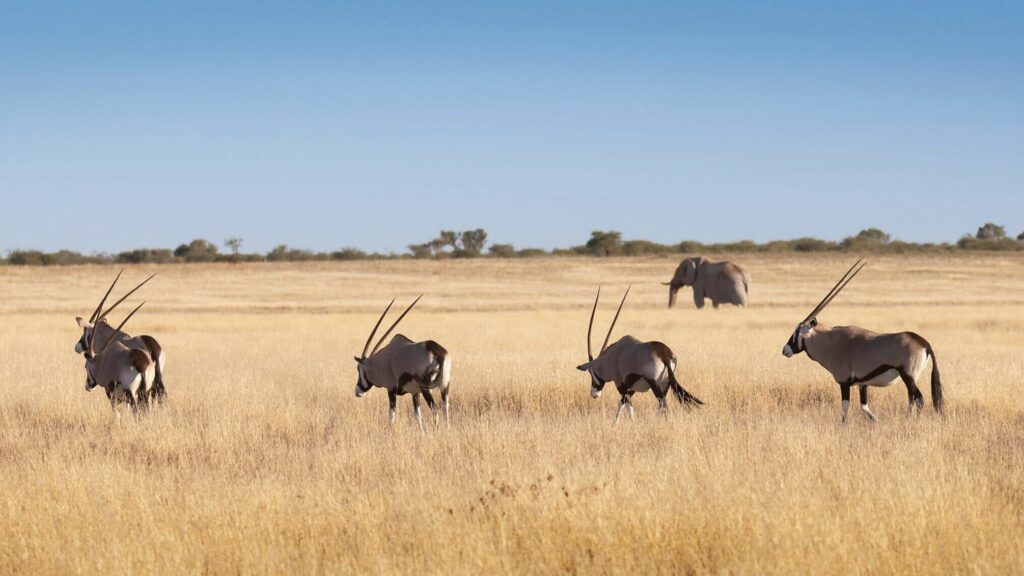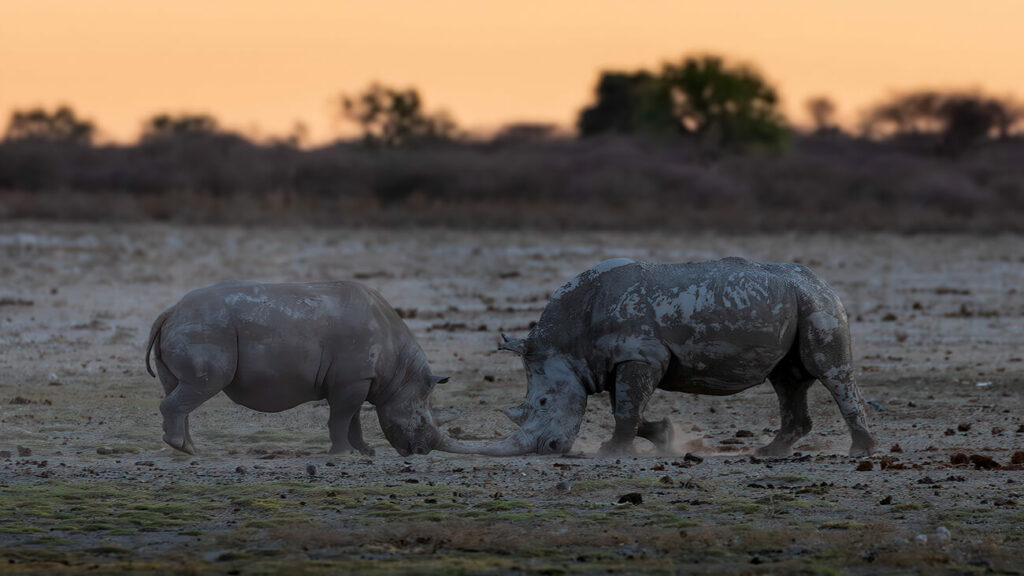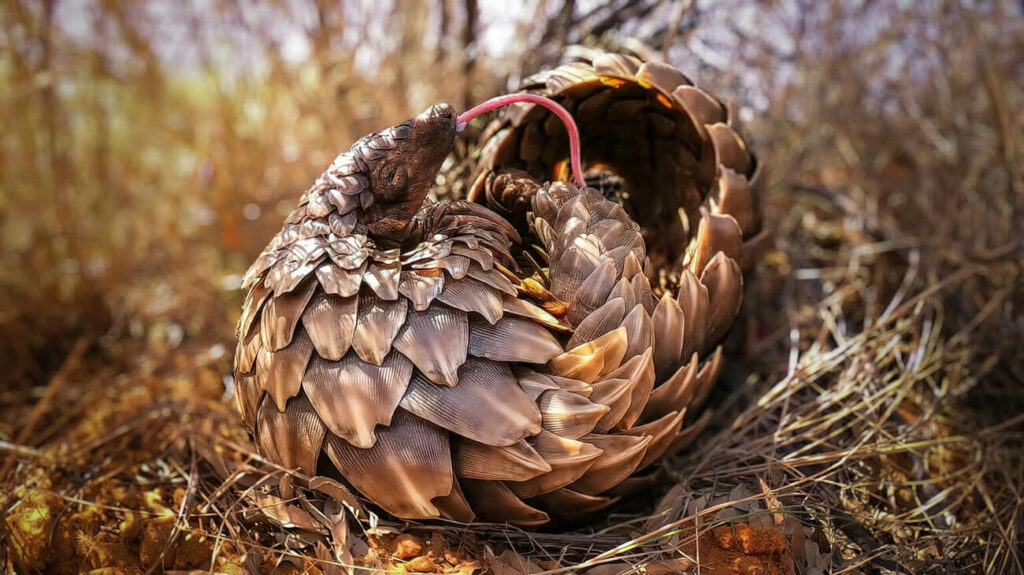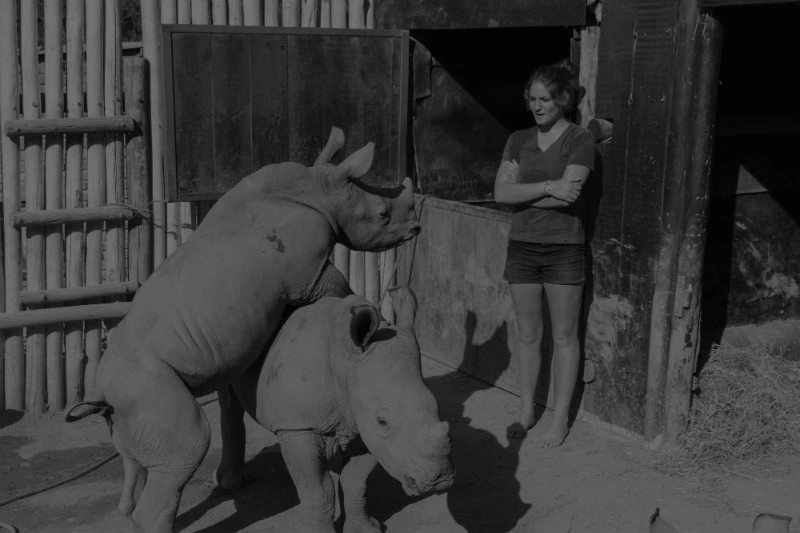Elephant Trunk: The Amazing Conservation Tool & Survival Key
What is an Elephant Trunk?
An elephant trunk is the single most extraordinary and defining feature of the world’s largest land mammals. More than just a nose, it’s a fusion of the nose and upper lip, forming a muscular and versatile appendage used for a breathtaking variety of tasks.
The Remarkable Abilities of an Elephant Trunk
Breathing:
Elephants breathe through two nostrils situated at the trunk’s tip.
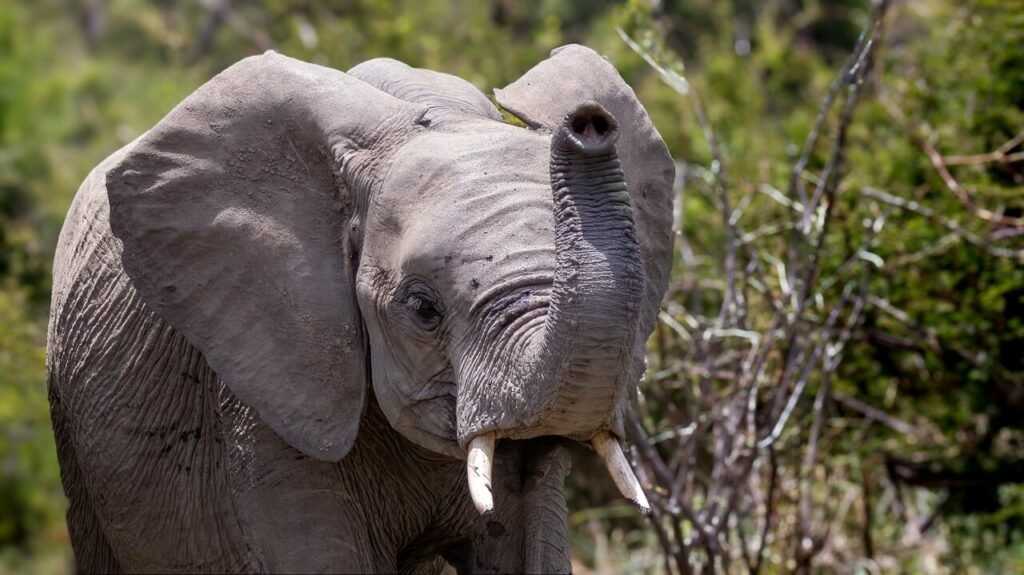
Smelling:
Their sense of smell is exceptional, attributed to their uniquely large olfactory bulb, enabling them to locate water sources, find food, and even detect predators with great sensitivity. Elephants have the largest number of genes dedicated to smell of any known animal. Their olfactory bulb (the brain region responsible for processing smell) is proportionately massive, suggesting their sense of smell is central to their behavior and survival. It’s estimated that elephants can detect specific scents miles away! That means they can:
- Locate water sources even amidst droughts
- Find the ripest fruits or most palatable vegetation Discern social cues, detect predators, and identify potential mates – all by scent
- Discern social cues, detect predators, and identify potential mates – all by scent
Elephants don’t just smell through their nostrils. Their trunks are lined with millions of scent receptors, enabling them to ‘sample’ the air as they gather chemical cues left on surfaces or carried in the wind. That giant olfactory bulb isn’t for show. Elephants dedicate huge amounts of brainpower to processing these complex scents, enabling them to make highly informed decisions based on smell.
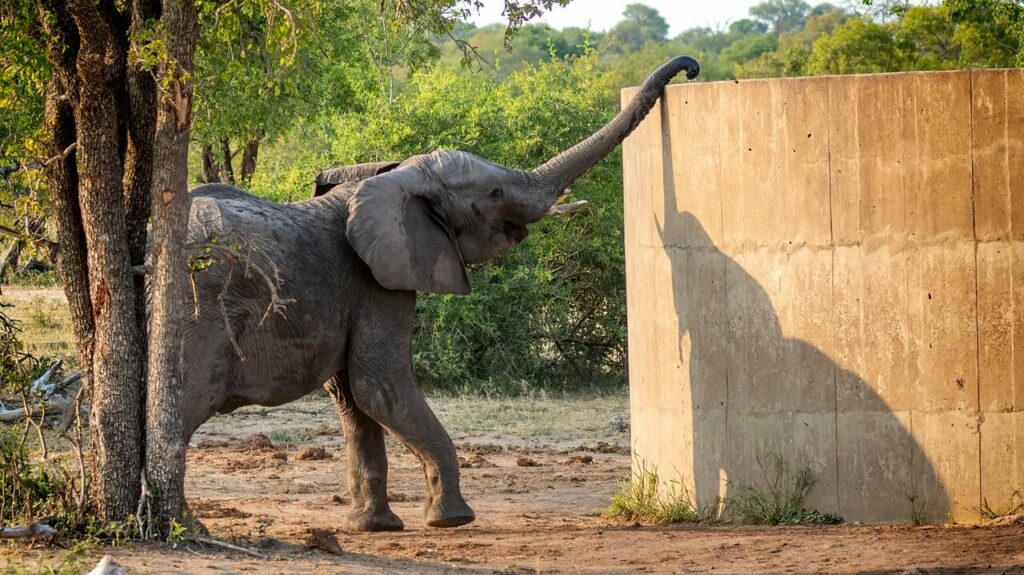
Resourceful and Determined: An elephant finds a way to access water in a man-made structure.
Eating and Drinking:
Elephants use their trunks to grasp vegetation, tear off branches, and pick up small fruits. Herbivorous giants, they eat a mix of leaves, branches, fruit, grasses, and roots, switching between browsing and grazing throughout the seasons based on availability. Adult African elephants consume an enormous 150- 170 kilograms (330-375 pounds) of vegetation every day. To process such massive amounts of food, elephants can spend up to 18 hours a day eating!
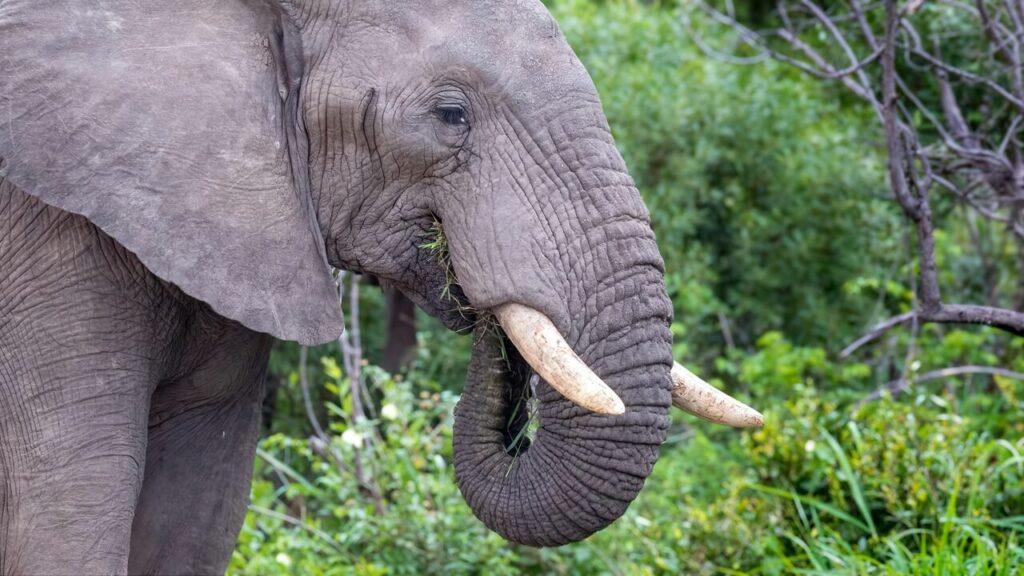
From Branch to Bite: Elephant’s trunk in action during feeding.
Elephants replace their teeth four to six times in their lifetimes. They don’t have all their teeth at once, but rather new sets erupt from the back of the jaw, pushing older teeth forward until they wear down and eventually fall out. Around 40 to 60 years of age, the elephant loses the last of its molars and may struggle to efficiently chew its food. Due to their unique teeth situation, starvation becomes a common cause of death for older elephants with worn-down teeth. For this reason, the trunk plays a crucial role by stripping vegetation from branches before entering their mouths thus, placing less strain on their teeth.
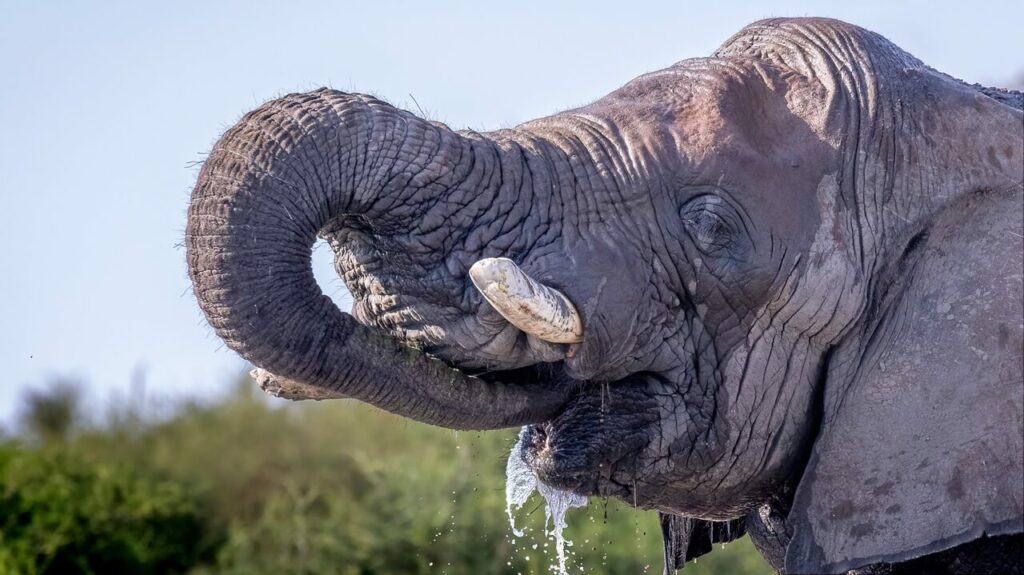
Thirst Quencher: Close-up view of an elephant slurping up water at a watering hole.
Elephants can drink an incredible 140-230 liters (37-60 gallons) of water in a single day! Hotter weather, activity level, and whether an elephant is lactating can increase their need for water. Elephants suck up to 14 liters of water in one go, which they then release into their mouths like a giant straw, an astonishing display of strength and volume.
The Elephant Trunk: Nature’s Multipurpose Marvel
An elephant’s trunk is more than just for smelling, eating, and drinking – it’s also a shower, sunscreen applicator, and parasite zapper, and even a snorkel! Elephants use their trunks to spray themselves with water and mud, and there are several fascinating reasons why:
- Built–in AC: Elephants can’t sweat like us. Their massive trunks come to the rescue! Sucking up water and spraying it across their bodies acts as a personal cooling system, essential in hot climates. The elephant trunk ensures they stay comfortable in the heat.
- DIY Sunscreen: Mud might not seem glamorous, but it’s an elephant’s secret weapon against the sun. A thick layer plastered on with their trunk acts as a natural sunscreen. Talk about resourceful!
- Pest Control: An elephant trunk is a powerful bug buster. That mud bath isn’t just about sunscreen – it also suffocates pesky parasites.
- Just for Kicks: Let’s not forget the fun factor! Elephants seem to genuinely enjoy a good mud spritz with their trunks. It’s a playtime essential.
- Aquatic Adventures: Elephants love a good swim, and their trunks transform into built-in snorkels! With their trunks held above the water, they can comfortably swim and explore.
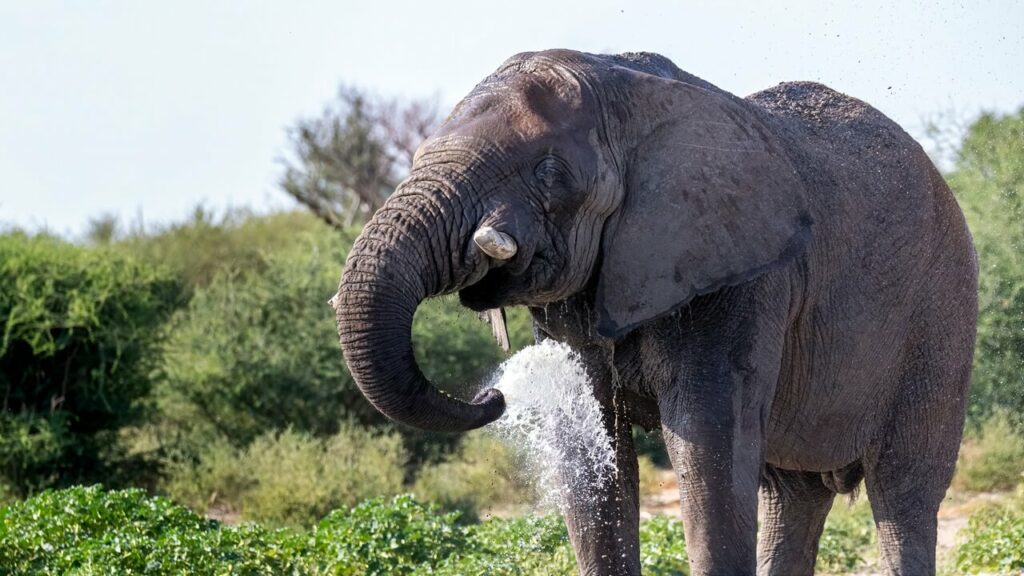
Nature’s built-in sprinkler! Elephants rely on their trunks for efficient temperature regulation.
The Trunk as Messenger: Communication & Aggression in Elephants
Communicating: The elephant trunk is more than just a sound-maker; it’s an exquisitely expressive social instrument. From playful trunk-twists-and-twirls signaling uncertainty to gentle touches reaffirming bonds, elephants wield a whole vocabulary through their trunks. They’ll caress loved ones, playfully wrestle, or extend their trunks towards others to ‘taste’ the air and glean important social cues. During tense encounters, putting a trunk over a tusk can even act as a placating gesture or display of vulnerability.
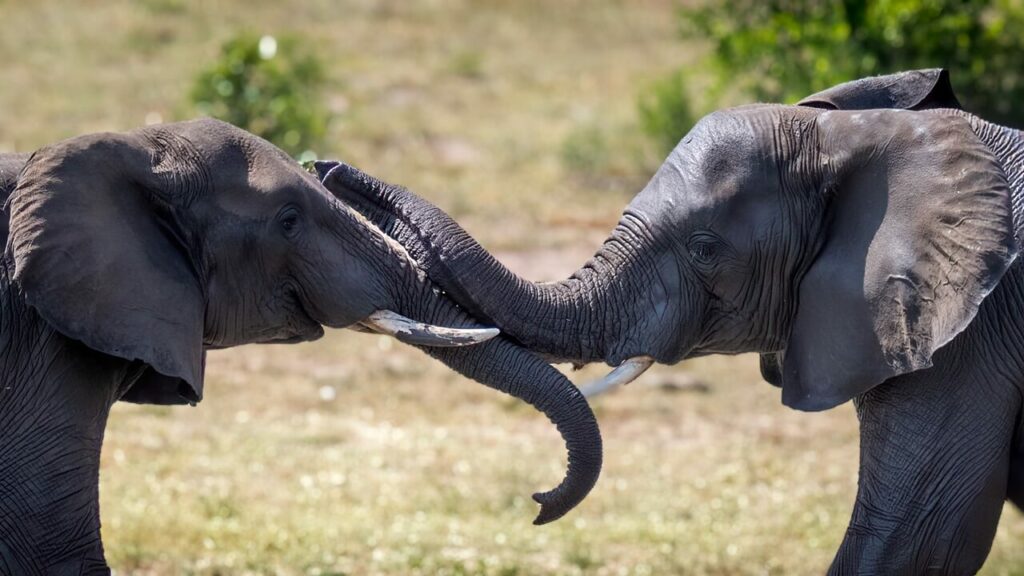
Young elephants strengthen bonds through playful interactions
Displaying Aggression: When threatened or engaged in dominance rituals, elephants transform their trunks into powerful signaling tools. They may curl their trunks tightly upwards in a gesture of defiance, trumpet fiercely, or even thrash their trunks against the ground as they charge. During a fight, elephants use their trunks to grapple with rivals, trying to lock tusks or deliver forceful blows. When seriously charging, their focus is on using their primary means of defense, their tusks, to deter a threat or inflict injury. Therefore, keeping the trunk out of the way makes more sense than tightly tucking it.
However, a elephant’s trunk is remarkably strong and flexible. Even during a charge, they may still use it to some extent for defense or offense, such as swiping at an attacker. Younger calves may be seen tightly curling their trunks under their mothers for protection in periods of stress.
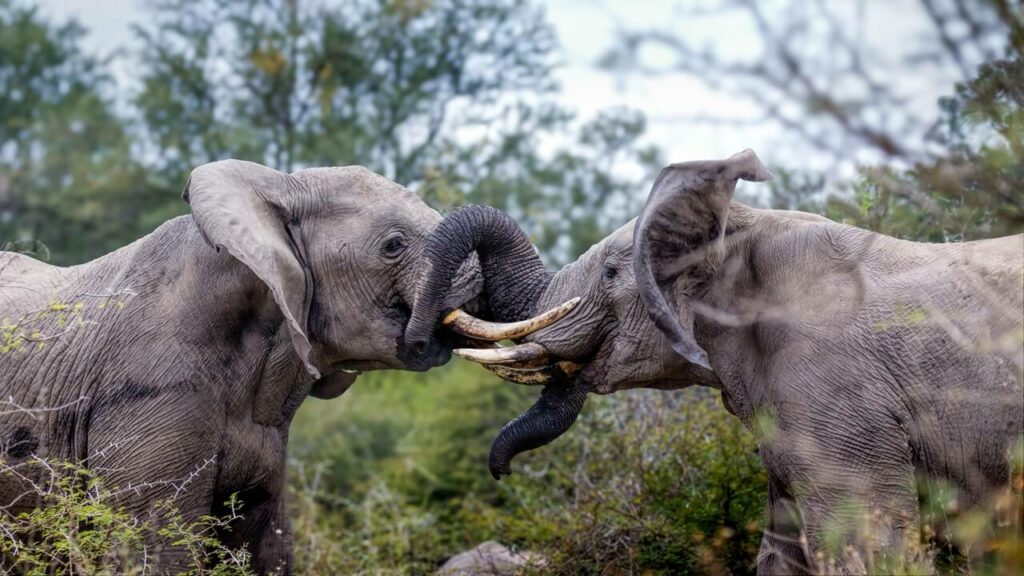
Even young bulls engage in fierce clashes, asserting dominance and defending territory.
Facts about African Elephants – Earth’s Gentle Giants
- Taxonomy: African elephants belong to the family Elephantidae and the genus Loxodonta.
- Evolution: Elephants evolved from smaller, aquatic ancestors over millions of years, their trunks developing as incredibly adaptable extensions.
- Size: African elephants stand between 10-13ft (3-4m) tall, can reach 23ft (7m) in length, and weigh a staggering 6-10 tons (6000-10000kg)!
- Speed: Surprisingly, these bulky animals can charge at speeds reaching 25mph (40kph).
- Social Organization: African elephants live in close-knit, matriarchal herds, oldest and most experienced female leads the group. These herds consist of closely related females (mothers, daughters, sisters, aunts) and their young calves.
- Temperament: Though generally peaceful, elephants can be protective of their young and formidable if threatened. Bulls can show added aggression during a period heightened level of testosterone, known a musth.
- Reproduction: Females have a lengthy gestation period of 22 months and give birth to one calf (rarely twins). Female offspring stay with the herd for life! It provides not only safety and resources but also crucial support in calf-rearing. Many generations of females may live together within a single herd. Young male elephants stay with the family herd for roughly 12-14 years as they mature. Once adolescent, male elephants begin asserting their independence and gradually separate from their birth herd. Young bulls may form small bachelor groups while older males often live more solitary lives, only rejoining the herd during mating season.
- Habitat: Their historical range encompassed most of sub-Saharan Africa. Today, they primarily inhabit savannas, grasslands, and forests in the few remaining wilderness areas.
- Threats: Poaching for ivory and habitat loss are major threats to the African elephant population. Historically, tens of thousands of African elephants were poached annually. Estimates by some conservation groups put the loss in the early 2010s at around 30,000 elephants per year. While these numbers have since improved, it remains a problem and an ongoing threat to elephant populations.
- Conservation Status: Both African forest and savanna elephants are listed as “Endangered” by the IUCN with decreasing populations.

Built-in Snorkel: An elephant demonstrates a remarkable talent for underwater exploration.
Appreciate the Elephant Trunk
The elephant trunk is a masterpiece of evolution and one of the most fascinating animal appendages on Earth. Combined with their intelligence and ability to learn, the elephant trunk shapes their social interactions, foraging decisions, and survival instincts like no other land mammal. From finding food to defending their young, its versatility is key to the gentle giants’ survival and their undeniable ecological significance.
FAQs About Elephant Trunks
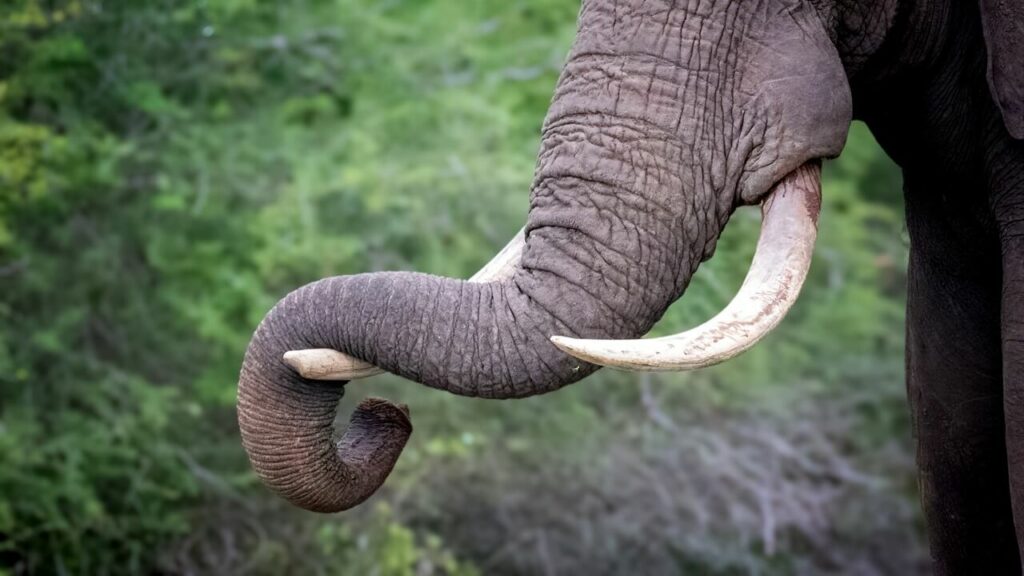
Moment of Reflection: Elephant’s trunk drapes over its tusk.
Want to see an elephant trunk for yourself? Join Our Working with Wildlife unique Kalahari Safari Project to help African Wildlife, Contact Us for any other questions, or read our Testimonials page to hear what previous guests say!
